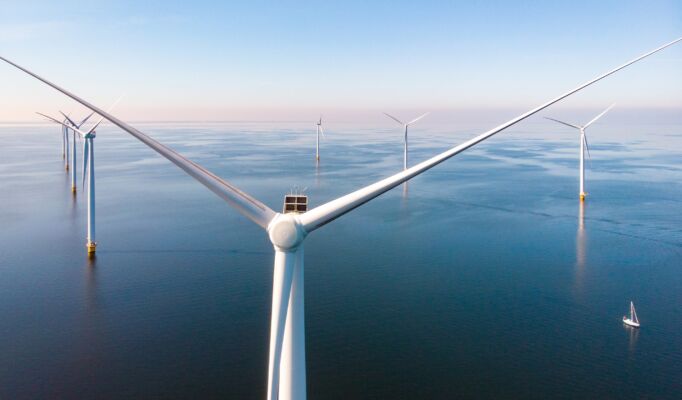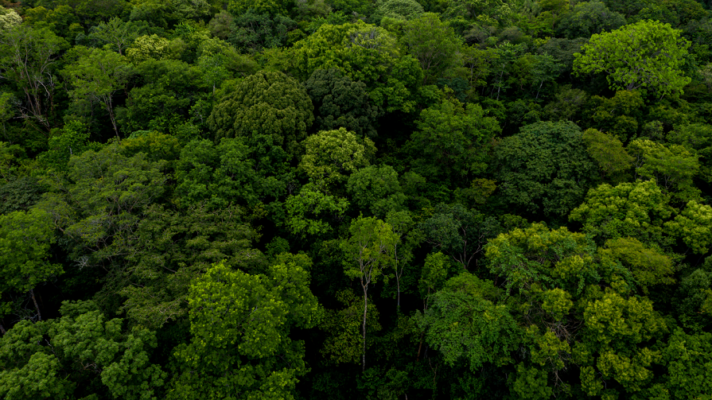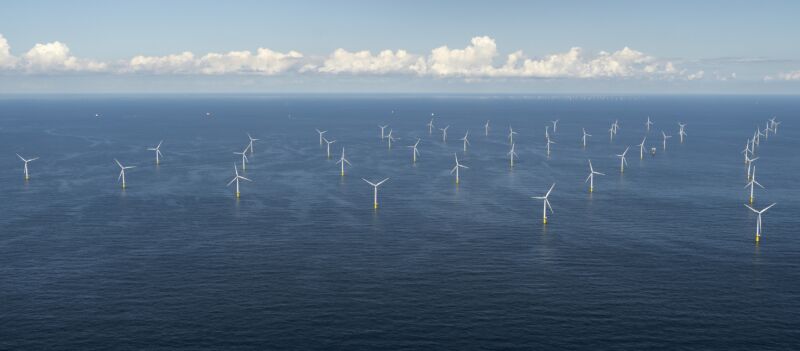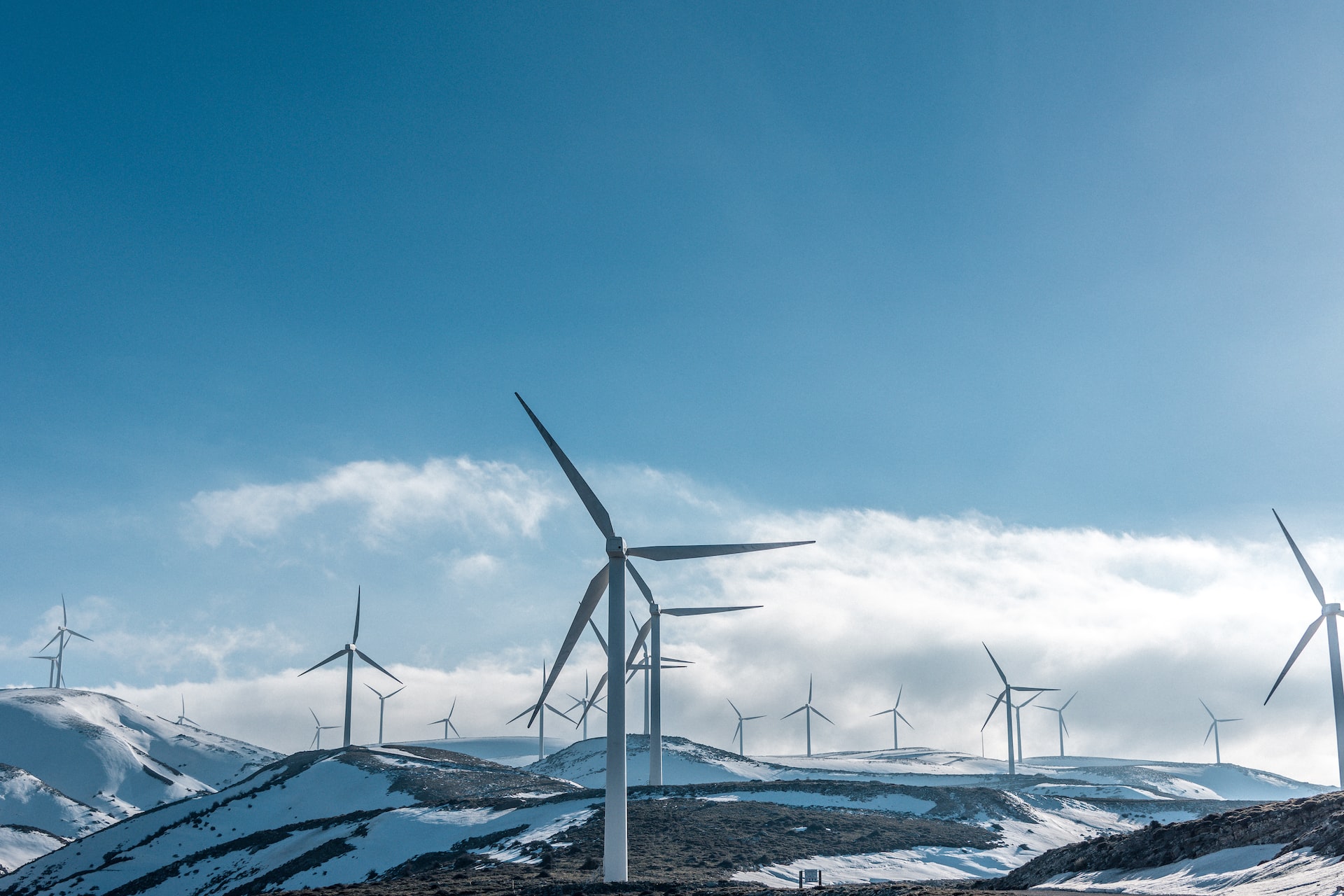Winds of change on the Black Sea – The EU plans offshore wind energy expansion
Europe's wind-energy output is on course to increase 25-fold over the next 30 years. Achieving this, however, requires making greater use of sea basins – most notably the Black Sea. If wind energy could be captured there, European climate goals would be within reach, and neighboring countries would reap the rewards.
It’s getting windy! – The offshore industry is gaining ground
As economies grow, so does pollution. Before 2020, this was a commonly accepted fact. Not anymore, though. During the COVID-19 pandemic, global CO2 emissions dropped seven percent – paving the way for a new concept of growth relying on renewable energies. Offshore wind is facing a worldwide boom.
Offshore wind paying its own way – Are renewables becoming the cheaper option?
A UK-based team of researchers has a bold prediction. In three to four years at the latest, wind energy will be cheaper than fossil energy in Germany, Belgium, the UK, the Netherlands, and Denmark.
The global race to green – The world on course for carbon neutrality?
Boris Johnson has ambitious plans to supply every home in the UK with offshore wind energy by 2030 – at an estimated cost of 50 billion pounds (55.8 billion euros). Meanwhile, Denmark is equally determined to become climate-neutral by 2040. But what is going on outside of Europe?
To efficiency and beyond – How NASA could revolutionize offshore wind
Originally developed to absorb vibration in rockets, NASA’s Fluid Structure Coupling technology could provide added stability to floating wind turbines in the future. This would lead to more efficient power generation and cost savings – potentially putting the offshore industry at a competitive advantage.
Green hydrogen: The next step for wind – Offshore wind farms, artificial islands, and a green hydrogen future
Denmark's government wants to build artificial islands with huge offshore wind farms – and convert the electricity generated into hydrogen directly on site. The project will be realized in ten years at the latest, meaning Denmark could soon be climate neutral.
Next-generation jack-up vessels – A Norwegian collaboration to satisfy offshore demand
As a general rule: a taller turbine catches more wind and generates more power. That said, transporting such vast structures to offshore locations is no mean feat, especially given a lack of vessels to carry out the job. This is a joint-sector issue that, until now, remained unsolved.
Offshore wind knows no bounds – EU countries share wind energy
If European climate targets are to be met, offshore wind will have to play a crucial role. Countries bordering the North Sea are therefore calling for the introduction of EU-wide framework to allow transboundary wind energy exchange. Or in other words, sharing wind power across borders. How will this be achieved?








